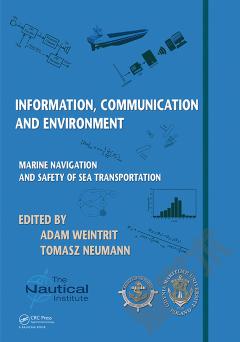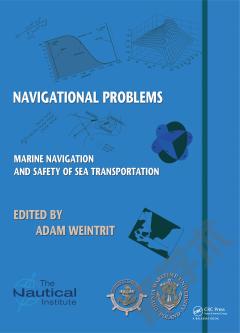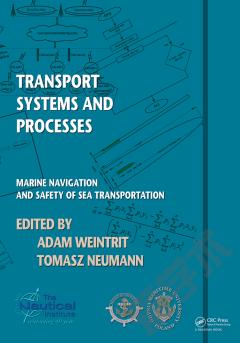Information, Communication and Environment —— Marine Navigation and Safety of Sea Transportation
----- 信息,通信和环境:海上航行和海上运输安全
The present paper describes an experiment where a VTS uses the functionality of âroute suggestionâ to visually support communication between navigators and VTS Operators. The idea of âroute suggestionâ, a crucial part of current developments within e-navigation, was first introduced with the EfficienSea project and has since been matured within the MONALISA and ACCSEAS projects. Within the ACCSEAS project the functionality has been augmented through the notion of âintended routesâ, where vessels transmit sections of their planned routes using ECDIS in order for navigators to better understand the intentions of other, nearby, vessels. Also, âroute suggestionsâ has been developed for use by shore stations, such as VTS, to transmit route segments to individual vessels within its area of responsibility. As part of the ACCSEAS project, the latter was tested in a simulator consisting of two full mission bridges and two VTSs, each of the two working in pairs, bridge-VTS. Five different scenarios were used, all set in the entrance of the river Humber, UK. In total, nine Pilots/Masters (Unlimited licence) and two VTS Operators participated in the experiment which ran over four days and was divided into two different simulations. ECDIS and VTS system were represented by the shipboard as well as the shore-based E-navigation Prototype Display system, as developed by the Danish Maritime Authority within the MONALISA and ACCSEAS projects. Data was collected using questionnaires, observation and video protocols. The observation protocol and the video protocol were coded and micro coded using MaxQDA and the questionnaires were used for comparison between the different participants following the analysis of protocol data in MaxQDA. Results indicate that there were no differences in acceptance of the tested âroute suggestionâ functionality between participants of different age, nor previous experiences as navigators/VTS Operators. Further, the results strongly indicate that the acceptance of the âroute suggestionâ functionality was due to the VTS Operators bridging the introduction of the new functionality by voice communication. Thus, the âroute suggestionâ functionality served as a graphical means of supporting voice communication between navigator and VTS Operator.
{{comment.content}}








 京公网安备 11010802027623号
京公网安备 11010802027623号